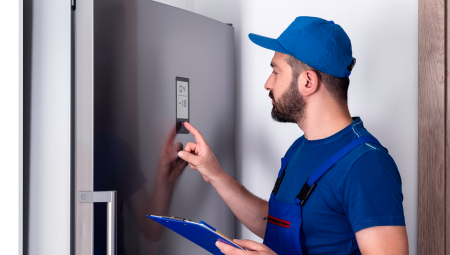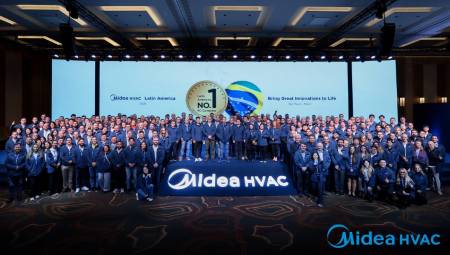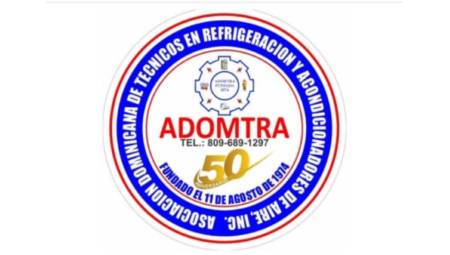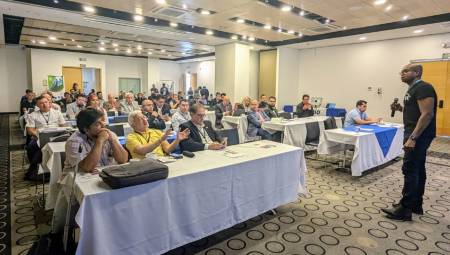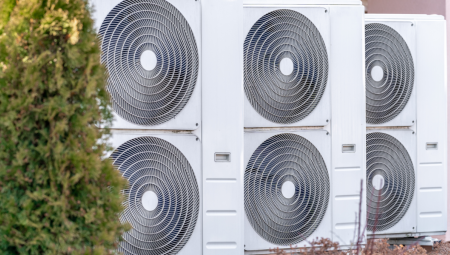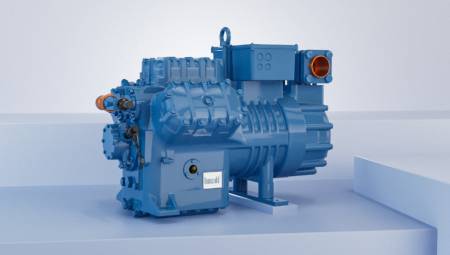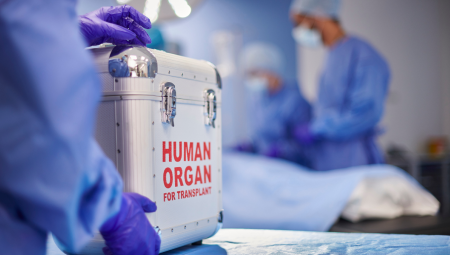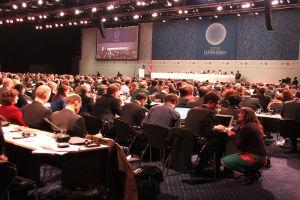 The columnist opens a series of questions raised after the last conference on climate change and draws attention to the responsibility that all the inhabitants of the world, especially the members of the technical and engineering community, have to reduce the environmental impact.
The columnist opens a series of questions raised after the last conference on climate change and draws attention to the responsibility that all the inhabitants of the world, especially the members of the technical and engineering community, have to reduce the environmental impact.By: Camilo Botero*
There were many expectations generated by the Climate Change Conference held in the Danish capital between 7 and 18 December 2009. Some 18,000 attendees were expected but eventually the figure reached 40,000 people; similarly, many of the participants gave speeches that have little or nothing to do with the fundamental problem of the world: global warming and the deterioration of the environment.
As if that were not enough, the great world leaders gave their appreciation in relation to the theme of the summit, all in plan of political protagonism, as corresponds to their investiture, but with very few contributions in the real search for solutions.
When you search the Internet for the conclusions of this conference, the same platitudes appear, but nothing of substance that indicates that we will work as citizens of the world in the mitigation of climate change, which has lately become evident in major catastrophes. It is enough to observe how the temperature has changed in our cities in recent years to conclude that reality is a sword of Damocles that weighs on all of us and mainly on future generations.
What to do?
If we go back to the late nineteenth and early twentieth centuries, a time when most of the machines that today are the great consumers of energy, especially fossil fuels, were invented, we see that everything was created around the engineering and technical community. These inventions have been incorporated into our lives and we assume them as everyday: car, plane, boat, thermal plants, industrial processes; we use them daily along with thousands of new inventions that consume energy and require materials. Everyone, without exception, ends up contributing to pollution, so we are all responsible for it and it is up to all of us to look for solutions.
In my modest opinion, as most of these inventions have been created by engineers and technicians, the solution necessarily goes through the engineering and technical community, creating a new generation of devices that provide the same services to which humanity has already become accustomed, but that is significantly more efficient and that does not pollute or do so on a smaller scale. For example, the internal combustion engine and the turbines that proliferate around the world are great predators due to the use of hydrocarbon energy, why not make a dramatic change towards technologies that use the energies that are in nature such as solar, wind, geothermal, among others?
Solutions must come out of the engineering community, of that I am sure. When these solutions are more economical and affordable, they will be incorporated into our lives in a natural way; the process has already begun, but I think in a very timid way and with little impact.
All rational energy use campaigns are welcome, but not enough. We require a dramatic change in energy conversion and this will only be produced by the scientific community. In other words, all the engineers and technicians in the world have a great challenge with this very serious problem of climate change.
Speaking specifically of the air conditioning, refrigeration, heating and ventilation industry, there have been big changes, but they are not enough yet.
New alternatives
During the Winter Meeting 2010 of ASHRAE held between January 23 and 27 in Orlando, United States, it was possible to observe the great concern and decision that this association has to substantially improve air conditioning systems (generic name to describe the creation of any climate, either for comfort or for processes, and the cold chain, strategically vital for the preservation of food and other perishables).
Among the most innovative, it is worth mentioning the 189.1 standard for the design of High Performance Green Buildings. ASHRAE has given this standard all the importance and conference attendees (around 1,000) have embraced it as a great development and a great challenge. This code is written with the intention of being the first standard for green buildings for commercial use and with the aim of becoming a mandatory code in the United States.
The 189.1 standard provides a package of procedures and standards for the total sustainability of buildings and is useful for those striving to design, construct, operate and maintain green buildings.
It covers the following topics that are included in the evaluation of green building systems:
- Sustainability of the place. Efficient use of water.
- Energy efficiency.
- Indoor air quality
- The impact of the building on the atmosphere, materials and resources.
Another novelty is the Commisionning Guideline (Guide to the Assurance Process). The fundamental purpose of this engineering guide is to describe the assurance process capable of verifying and certifying that a facility and its systems meet the specifications of the owner of that facility, from pre-design to occupancy, operation and maintenance.
This guide basically:
- Describes each phase of the process.
- It gives the requirements and documentation for the acceptance of each phase of the process.
- Determines the requirements for training of operation and maintenance personnel.
For its part, the LEED certification, which we could call LEMA in Spanish: Leadership in the design of energy use and environment, gives the guidelines to evaluate and qualify buildings in terms of the aforementioned topics.
Two final comments
The first has to do with the technical visit that during the Winter Meeting 2010 of ASHRAE I made to the Florida Solar Energy Center. One of the most interesting models I met there was a system with photovoltaic cells, which in turn operated an H2 cell and with this a small car engine was driven, that is, 100% renewable energy.
The second is more of an anecdote. Being an engineering manager in a large graphic arts plant, we met about 20 people to make the decision whether to stop a press to do urgent maintenance. We had been discussing the matter for about two hours, when the machine stopped on its own because it was damaged; something that should have been fixed in advance caused more damage. With this I want to invite you so that the same thing does not happen to us with climate change because situations with worse consequences than those we are currently experiencing are already being announced.
* Camilo Botero is the current president of ACAIRE and president of Camilo Botero Ingenieros Consultores Ltda. He has worked as a teacher in several Colombian universities, guilds and currently in ACAIRE in diploma courses of air conditioning projects, energy efficiency in air conditioning and refrigeration, cogeneration and trigeneration, applied psychometrics, thermodynamics, fluid mechanics, heat transfer and turbomachinery.



